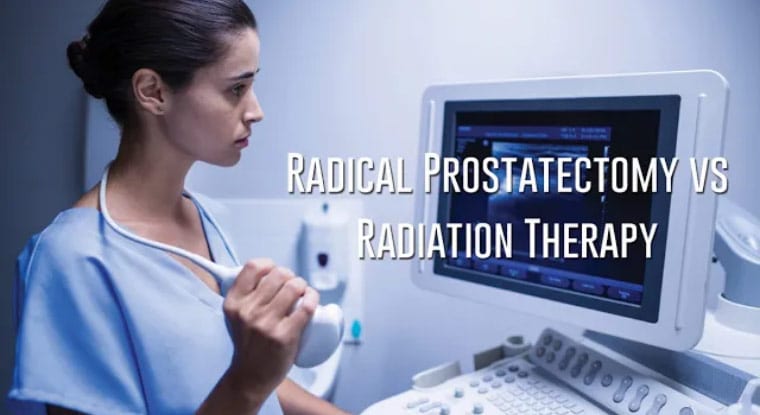Dreading the agony and pain of kidney stones? You don’t have to because the condition is treatable. And the pain and discomfort disappears as soon as the stones are removed.
The treatment you get depends on the type, size and cause of the stones and on the severity of your symptoms. For instance, if you are having very severe pain, your urologist will give you an injection to relieve the pain. A second injection may be given after 30 minutes if you are still in deep pain. You also may be injected with anti-emetic medication to relieve vomiting and nausea.
Apart from dealing with the symptoms of the kidney stone, your doctor will administer treatment to remove the stone. The 4 effective ways to remove kidney stones include:
1. Spontaneous Passage
If your kidney stones are small (less than 4 mm diameter) and you have minimal symptoms, you won’t require invasive treatment. In fact, once your urologist assesses that you can tolerate the stone, you will be given time so the stone can pass out on its own. In such a case, the urologist will only make the following recommendations:
- Drrink a lot of water, as much as 1.9-2.3 liters a day, to help you flush out the stone from your urinary tract. In this case, you have to drink enough fluid — until your urine is colorless. So if your urine is still brown or yellow after drinking water, then you know that you aren’t drinking enough fluid.
- Use pain relievers as you wait for the stone to pass out spontaneously. Since even a very small kidney stone can be really painful, your urologist may recommend pain relievers such as acetaminophen (Tylenol or others), naproxen sodium (Aleve), or ibuprofen (Motrin IB, Advil or others) to relieve the pain. The pain will only last a few days and often disappears soon after the stone is passed.
- Take medication to help you pass the stone. Such medication, often alpha blockers, help to relax ureter muscles and allow the stone to be flushed out of your urinary system faster and with less pain.
With these recommendations you are expected to wait until the stone passes out and then to collect the stone for analysis by your urologist in order to help determine if there is need for further treatment. To collect the stone, you simply filter your urine through a stocking or gauze as you urinate.
2. Extracorporeal Shock-Wave Lithotripsy (ESWL)
What if your kidney stone is too large to pass out in urine? In that case, your doctor may recommend a procedure called extracorporeal shock-wave lithotripsy. The ESWL procedure uses sound waves to generate strong vibrations (called shock waves), which break the stone into tinier pieces that can easily and less painfully pass through urine.
The high-frequency sound waves (ultrasound) are directed at the stone from a machine for 45-60 minutes. Because this can be a bit uncomfortable, you will undergo the procedure under light anesthesia or sedation to reduce the discomfort. The ESWL procedure is 99 percent effective for kidney stones that are up to 20 mm (0.8inch) in diameter. But you may require one or more ESWL sessions for the kidney stones to be effectively removed.
3. Ureteroscopy
What if the stone is stuck somewhere in your urinary tract, such as the ureter? In that case, your urologist may recommend ureteroscopy, a procedure that’s also called RIRS (retrograde intrarenal surgery). During ureteroscopy your doctor passes a long thin telescope, a ureteroscope, through your urethra, into the bladder and into the ureter, or wherever the stone is stuck.
After locating the stone the urologist uses a special instrument or laser energy to break the stone into tiny pieces that can pass out naturally in urine. The doctor then may place a small plastic tube (stent) temporarily in the ureter to help drain the stone fragments into your bladder, relieve swelling and hasten healing. Ureteroscopy is conducted under general anesthesia, so you shouldn’t operate machinery or drive for up to 48 hours after treatment. It is 50-80 percent effective for kidney stones that are 15 mm (0.6inch) in diameter.
4. Percutaneous Nephrolithotomy (PCNL)
In circumstances where ESWL isn’t appropriate, such as when you are obese, larger stones may require an alternative procedure called percutaneous nephrolithotomy (PCNL). It is a surgical procedure for removing kidney stones using a small thin telescopic instrument known as a nephroscope. The instrument is inserted through a small incision made in your back and guided carefully to your kidney or ureter. Once the stone is located it is either broken into smaller pieces (with pneumatic energy or laser) or pulled out. PCNL has 86 percent efficacy for kidney stones of 21-30 mm in diameter and is performed under general anesthesia.
When should you seek treatment for kidney stones? You need urgent treatment if:
- Your pain is sudden, severe or gets worse.
- You have a fever of 100.4 F or higher.
- You have one or more episodes of shaking or shivering.
At Advanced Urology Institute we have assembled a team of skilled and experienced urologists to help diagnose and treat kidney stones and other urological problems safely and effectively. We offer all 4 effective treatments for kidney stones and have the latest equipment and technology to make the treatment process as painless and comfortable as possible. So don’t try to endure the pain even a day longer before you see us and let us fix it. For more information on kidney stones and other urological disorders, visit the “Advanced Urology Institute’” site.



